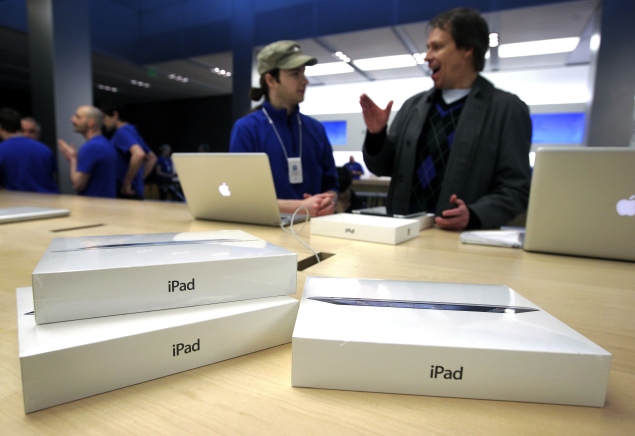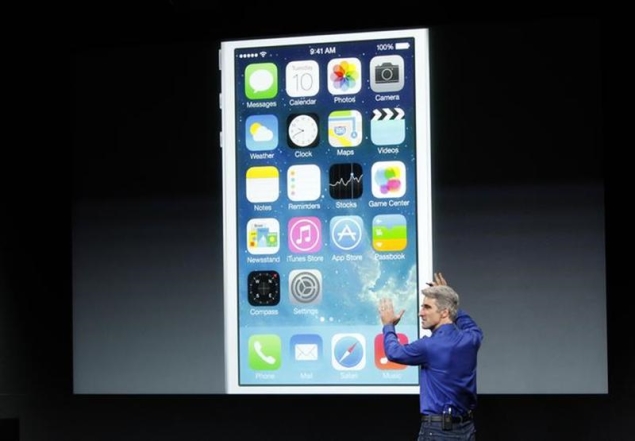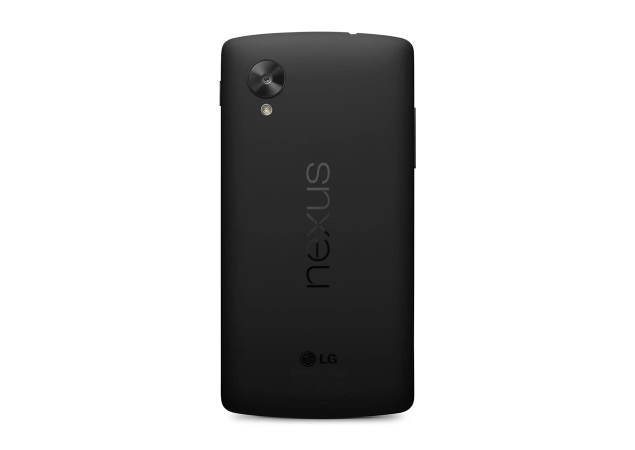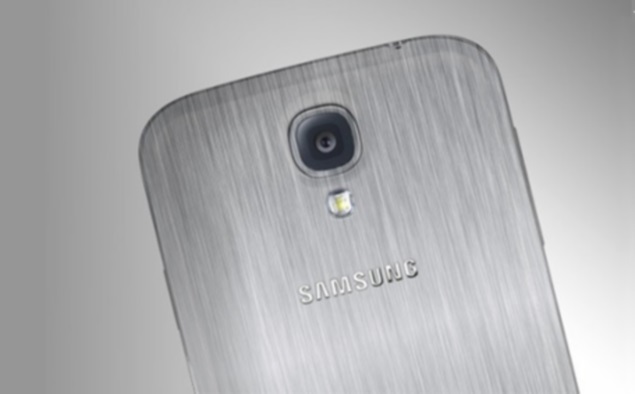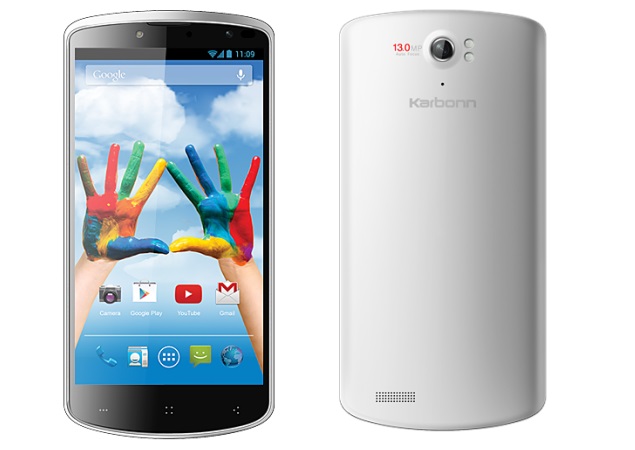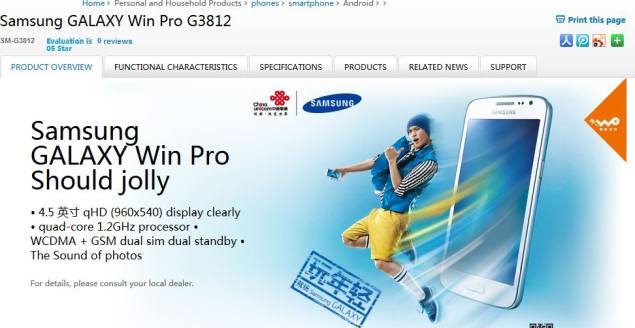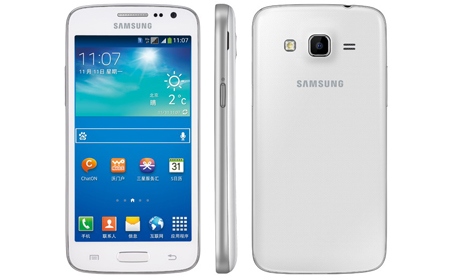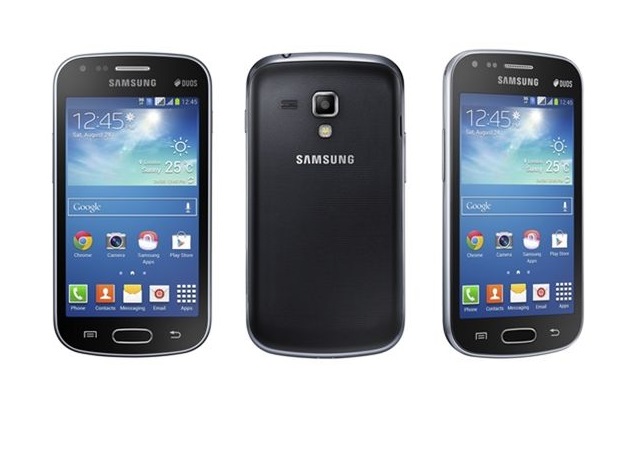It could be a huge breakthrough for Apple to win a place in the line-up of China's largest telecom provider and a big shakeup for the smartphone market.
A report in the Wall Street Journal said
Apple had reached agreement with China Mobile to bring the iPhone to customers in a market dominated by low-cost Android smartphones.
The Journal quoted unnamed sources as saying that the two companies have
inked an agreement to add iPhones to the colossal telecom firm's roster of compatible devices later this month. China Mobile denied the report.
Yet such a deal would be a major coup for the US tech giant, which could gain a beachhead in the world's most populous nation,
China Mobile had more than 750 million subscribers as of October, according to Cantor Fitzgerald Research, which estimated that 35 million to 45 million iPhones were on the network despite the lack of a deal between the companies.
The market tracking firm estimated that Apple could sell as many as 24 million iPhones on the China Mobile network next year if it were added to the network's formal line-up.
Ben Thompson of tech new website Stratechery referred to Apple getting in synch with China Mobile "a very big deal."
"Feel free to ignore anyone making snarky comments about China's average monthly wage being the same as the price of an iPhone 5C," Thompson wrote in a blog post.
He listed two pertinent facts about China for Apple as there being "tremendous income disparity" and "a ton of people" in a country with a population estimated at topping 1.3 billion.
"China consumers appear to us to have a deep admiration for Apple's products," Cantor Fitzgerald analyst Brian White said in a note to investors giving shares a "buy" rating.
"Apple now has the opportunity to tap into the largest carrier in the world," he added, noting that China Mobile was just granted a license to upgrade to a new-generation network better suited for iPhones.
Apple chief Tim Cook has made China a priority for the company, and may travel there to take part in an announcement at a China Mobile conference later this month.
Industry tracker IDC forecast that smartphone sales in China will reach 360 million this year and, with the issuance of 4G network licenses and iPhones launched on China Mobile, top 450 million in 2014.
China Mobile has a unique 3G standard of its own that is not compatible with any existing iPhone models, although the Californian giant's handsets can be used on other networks in China.
The Chinese government on Wednesday granted three operators, all state-owned, licenses to offer services on the faster and better quality 4G network, expected to usher in a new era of competition between mobile phone makers.
Apple will still have to compete with low-priced smartphones powered by Google's free Android software, but the massive China market includes an abundance of people who have money to spend on iPhones, according to some analysts.
"It is difficult to displace Android's dominant position in the Chinese market within a short period of time, but IDC predicts that its share in China's mobile phone operating system market will reach the peak in 2013, and that the mobile phone vendors and telecom operators will adopt new operating systems with a more open attitude," IDC China mobile phone market analyst James Yan said in a recent quarterly analysis.
IDC anticipated rapid growth of iPhone sales in China next year, but noted that budding mobile operating systems such Samsung's Tizen and Firefox should "enable healthy competition."



